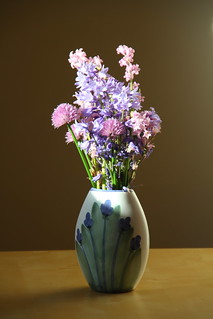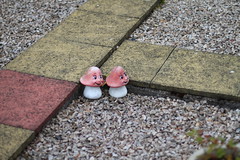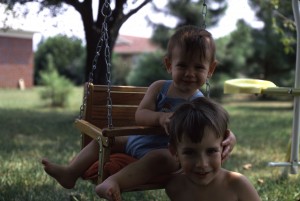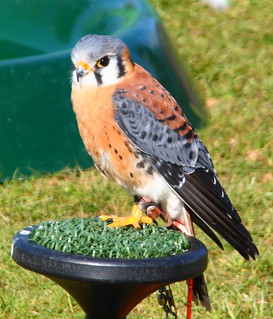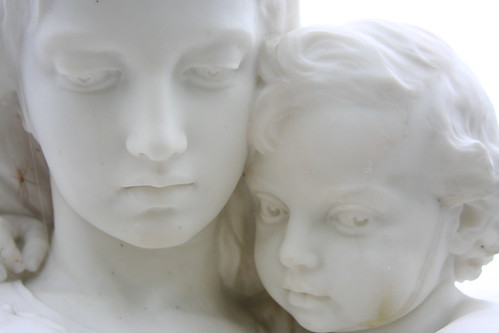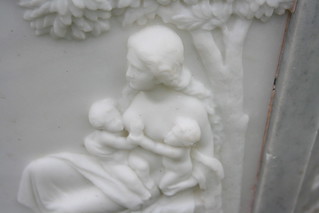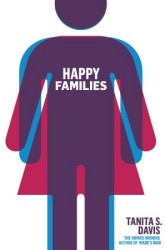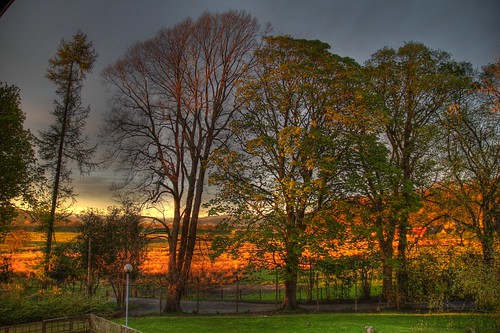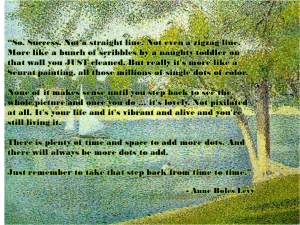Who are you really?
Do you know?
A little while ago a friend and I had a very silly email exchange about being pole-dancers — well, not me, only someone else and her, and — look, you had to have been there, it’s one of those things which simply get worse if you repeat them. Anyway, it was a joke, which is the point, and then, she got on her email and in the Google sidebar saw, this ad: “$179 Workout Dancer Pole Free Shipping. Limited Sale Price. 45 mm Chrome. No Ladder Ever Needed.”
(Whew! No ladder! The ladder would be such a drag.)
While we giggled maniacally over this – Google is the original All-Seeing Eye – we very much flinched at the same time. Yuck, that a phrase is plucked out of an email and used for marketing purposes. Just… yuck. Eeew. Advertisers are working hard to know all about you. Yay, intimate relationships with strangers and faceless corporations. Now we’re all feeling the love. Not.
Dear Advertisers: Fair and I are Just Saying No to the Zoltan School of Pole Dancing. Picking things out of our emails to interact with us is just creepy. (Pay attention, Google. The word I used is CREEPY.)
So, yeah. There was Squick there. I have a Thing about privacy and about self-knowledge, and how much of me is shared over the internet. It’s tough to maintain any kind of shield between you and the rest of the world – between oversharing and our personal exchanges being mined and manipulated for marketing content, there’s really no way to escape. (Definitely ways to protect yourself as much as possible, but no real escape.) But, I discovered a trick to avoiding all of the drama: know who you are. Know what you want.
I also discovered that is easier said than done.
We are, as a culture right now, over-exposed to each other. I’ve been thinking about the various trends – tons more kids stressed and on anti-depression drugs, more on the Autism spectrum, more coming out as part of the non-normative gender community. In part, these trends are publicized because we have access to the lives of myriad others through their social networking. We see the way others live, whereas only ten years ago, many of the sorts of things which we commonly known about each other were hidden. Everyone’s closet doors have become clear glass, and you hardly even have to open them and come out – the contents of your particular storage space are there for people to see. Because of this, it is hard to know what you want as distinct from what other people want, and who they are, and how they live. I can’t even say that this is so much harder for teens or young people – it is hard for everyone. We see a life and its trappings, and think it is what we want. We envy. We strive to get our lives to match up. And it’s a vicious cycle.
I love Mary Oliver’s poem, “The Summer Day.” The question “What is it you intend to do/ with your one wild and precious life” arises from the final stanza, and I’ve heard so many people bandy it about, asking each other how they’re going to live, how they’re going to revel in this thing they’ve got. I want to mean the words of this poem for real; to live it — and to do that, I need to know who I am, and what I want.
I need to avoid living what I’ve come to call Life By Pinterest. A life has to be more than aspiring to having that “thing” like the person who has the pretty picture on their website. Ever notice that about Pinterest? Only 5% of the population creates. The rest re-pin, or gank content from other creator’s sites, and pin it up so that can be repinned. I’d rather be an creator than an admirer. I want to live life – that gorgeously creative and spontaneous and beloved ones-enriched life – for real. That takes knowing myself – knowing what I really need – to make that happen.
I want to want what I want, not be manipulated into wanting a life someone else has manufactured. I want MY life, not theirs. I want to stop looking into your closet, and begin caring more about the contents of my own. Not in any selfish, standoffish sort of way, but in a way that speaks to the truth that one has to till one’s own garden in order for anything to grow. Looking at the neighbor’s tomatoes does not give you your own.
Serendipitously, as I’ve been thinking all of this, a woman called Helen Jane, has been thinking along these lines as well. My friend L. randomly forwarded me a blog post wherein Helen Jane advocates making lists – using that 750 words/3 pages a day Morning Pages thing from The Artist’s Way as a place to get in to yourself and be happy in your head, and find what you don’t want, and what you do. This bit of her post resonated with me with the strength of a sonic boom:
“…marketers are getting better and better at telling me what I want. And I’ve believed them.
They’re sponsoring aspirational Pinterest boards, they’re sponsoring aspirational trips, they’re giving money to those living the most marketable lives to continue to live those lives.
All that is so that we want those lives.
So we buy those lives.But by making these lists,
by analyzing what it is I really want, REALLY, want, I’m better able to defend my longings against an onslaught of Covet.”
A “marketable” life! Is that what I need?
I protect my browser from having ads splashed all over my webpages as the machine tries to figure out the best way to lure me to a product – but I forget about the very human brains beetling away in the background, trying to create a need in me – by telling me that I am without something – I have a void. A sucking vortex – it needs new gum, new Spring clothes, new-old gorgeous antiqued wrought-iron fence, new etched hurricane lanterns, new summer meals al fresco on new thick white farmhouse pottery dishes, and soon, apparently, a new pole dancer’s pole with no ladder needed, ever.
I can only head off the heartbeat of new-new-new and need-need-need if I know who I am to begin with, and what I’ve got. If I can know that, I’ll know what I want, and what I actually need. And who I will be. And where I am aiming to go. I can only want other people’s lives if that’s all I look at – but I need to look within. The one whom I must aspire most to be — is me.
Everybody’s dying to be
someone
else(O every
body’s
dying to be some
one else
Yes everybody’s dying
to be someone else)But
i’ll live my life if
it kills
me~ 8. from Etcetera: The Unpublished Poems of E E Cummings edited by George James Firmage and Richard S. Kennedy (Liverlight, 1983).
I have a friend who is so much himself that he could not be anyone else. And while it might make him sound unreasonably selfish or unfriendly (he is neither), it is his moods and whims which move him most. Unlike most of us who are bombarded with external motivations, the blandishments of the world do not change him unless he decides to change. He is like a rock in the middle of a river – and the river goes around and past him.*
And one learns to be like that? By knowing who they are.
So, I ask again – and ask myself the same: Who are you? What do you want? Where are you going? Tell me, what is it you plan to do
with your one wild and precious life?
It’s your chance – make it good.
*Lest I make my dear friend sound Zen-koan perfect, he is not. A lot of people hear the siren song of new-new-new from technology and gadgets. I don’t hear it, so it makes me laugh when people want the next version of something. I think, “Really? You just bought one!” Even Tech Boy enjoys a good gadget. So, we all have our weaknesses. As I said, this bombardment with the Things other people have and can afford and show off on their social media, added to plain old advertising and marketing is hard to deal with. Just plain hard.
